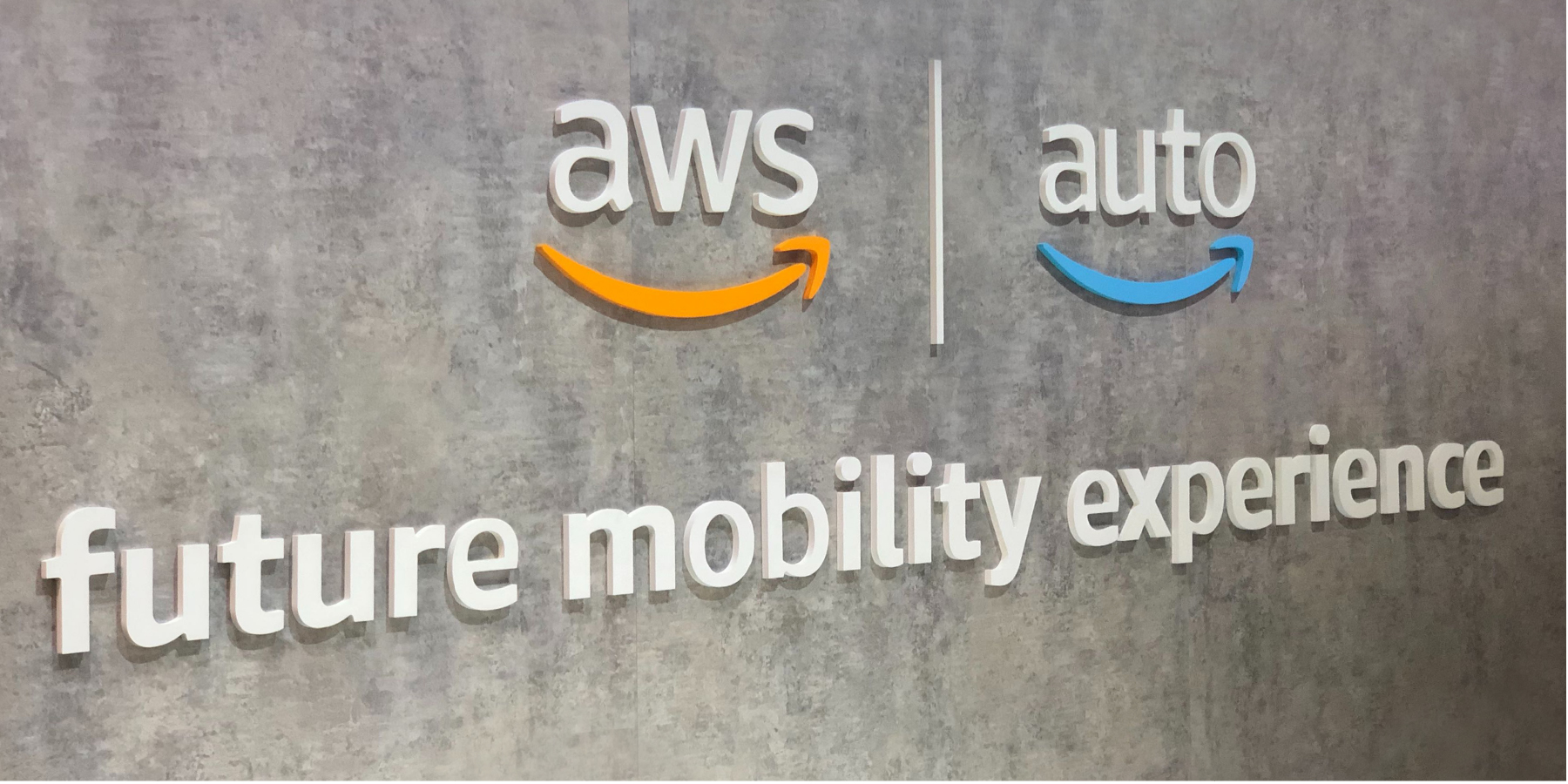The following is an excerpt from our SWS Growth Equity quarterly update, our internally-managed strategy based upon an institutionally-designed investment process.
Our routine due diligence efforts continue to reveal evidence supporting the thesis of a bifurcated market, one where growth indices encompass a larger number of companies that are more adept at leveraging innovation to capture market share in comparison to the value cohorts. For anyone with hopes of keeping pace with the broader market, we see this as a mandate for having a growth mindset. Our recent due diligence trip to Consumer Technology Association’s CES conference highlighted many examples of this unfolding.

Future of Transportation: Vegas Unveiled Where Bets Being Placed
One large focus of the event was the future of transportation. A helpful exercise of having a few CESes under our belt is the ability to discern how attention shifts across its two million square feet of exhibit space over the years. In comparison to a decade ago, where energy emanated from the south hall’s wares showcasing the brand new tablet computing segment, this year’s focal epicenter was clearly the north hall’s exhibits on the future of mobility. All major transportation industry incumbent players were present for 2020, as you’d expect with automobiles becoming more like computers on wheels. However, an army of disruptors were also present, eyeing the opportunity either to layer in innovation or to upend the status quo outright. Healthy debate exists on the uptake rate of autonomy across all modes of transportation and whether it will occur above, on, or even below ground. One thing that’s very clear today: meaningful bets are being placed on how to capitalize on the myriad opportunities that increasing autonomy will uncover over the next decade.
CES autonomous ride experience on Las Vegas streets. Video provided by Mike Parker.
Opportunities Beyond the Autonomous Compute Stack
Another clear takeaway from CES was the breadth of opportunities that will be unleashed, and these aren’t accruing solely to the benefit of Level 5 autonomous supply chain players either. For example, many companies are considering new ways to monetize time that would otherwise be spent during manual navigation after the workload hand-off to the compute stack. One of our management meetings revealed how one autonomous taxi player identifies the opportunity to generate 30% of its revenue opportunity by serving highly targeted ads to riders. In a future autonomously-driven taxi ride, artificial intelligence will be able to infer preferences based on physical appearance alone; race, gender, age, presence of corrective eyewear, hair length/style, sports team logo wear, clothing designer preferences, etc. could all be used. Because this can theoretically occur without the need to consume wireless network bandwidth to cross-reference facial recognition databases (via local edge computing capabilities), it could act as a better safeguard to user privacy.

In-cabin AI technology inferring driver awareness across numerous factors. Video provided by Mike Parker.
Key Factors to Lower Cost per Route Mile
The cost saves from removing the human labor component, while injecting greenfield sources of revenue, stand to be large factors that eventually drive down the cost-per-route mile. For example, with fully-autonomous Uber Elevate air taxis, Uber believes a current $111 UberX ride from San Francisco to San Jose could eventually drop to a mere $20. The company’s Urban Air Mobility concept was featured at CES as a partnership with Hyundai, the first auto OEM to join Uber’s list of preexisting Elevate partners alongside Bell, Embraer, Joby Aviation, Pipistrel Aircraft, Karem Aircraft, and Jaunt Air Mobility. Despite only being a concept display, Uber Elevate flight demonstrations are expected in this year with commercial availability being targeted in 2023.

Uber Elevate air taxi rotors in motion. Video provided by Mike Parker.
Leveraging Technology on our Business
As we execute on our strategy, we will continue to leverage the capabilities that technology unleashes upon our own business model. This allows us to make more informed decisions that give clearer perspectives on where the world is heading. At this early stage of our growth S-curve, we see it prudent to reinvest SWS firm capital towards additional resources that will further enhance our institutionally-managed strategies. More on this to come in our next quarterly update.
To receive a copy of our entire SWS Growth Equity quarterly update, please contact us.